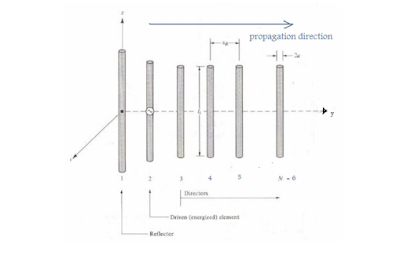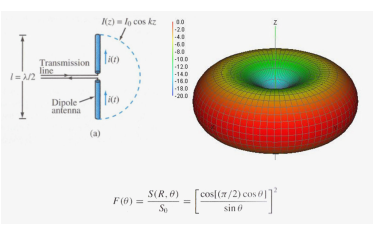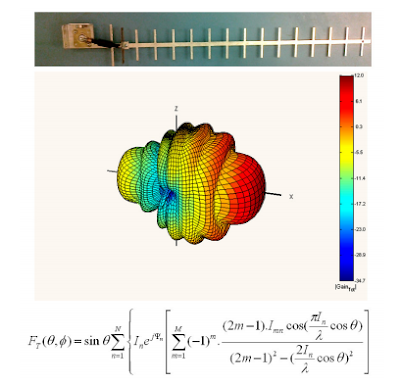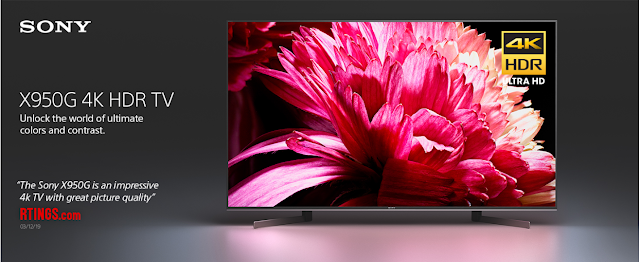Now We look at this Omnidirectional Antenna from Channel Master.
This Antenna if we look from physical views, is dipole antenna, And I do not see the information how much the dBi The Reception of Antenna and Also the dimension of antenna information not included. High dBi Rating means = further distance covered. So, with 50 miles distance covered reception is quite long distance around 80 km.
Features
- Channel Master with Digital Reception Range: 50+ Miles (360° Omnidirectional) is approximately 80 km, it is dipole Antenna in design.
I Think is suitable if you near the city or around the TV Stations Mast . And you can predict how long the distance your house from the TV Stations. If more 50 miles , I think this products is not for you.
- Compatible with all HDTV's and 4K TV's
This means this product is compatible with digital TV Channel.
- Includes: Mounting Bracket for Mounting to a Wall, Mast Pole or an Existing Satellite Mount , and U bolt
- Designed for Indoor or Outdoor Use on Roof, Attic, or RV
- Easy to Install
Price
The Channel Master Omnidirectional Indoor/Outdoor HDTV Antenna Sale for $ 69.00.
With This Price , you will get Antenna and Mounting Bracket , the price quite fair enough.
With This Price , you will get Antenna and Mounting Bracket , the price quite fair enough.
This Antenna if we look from physical views, is dipole antenna, And I do not see the information how much the dBi The Reception of Antenna and Also the dimension of antenna information not included. High dBi Rating means = further distance covered. So, with 50 miles distance covered reception is quite long distance around 80 km.
Pros
- Antenna Install Can Rotated Manually
- Antenna Install can Pointing Manually for Better Reception
- Install in Attic without Amplifier with 40+ channel with fairness reception.
- Good Reception for Distance under 50 miles without amplifier needed UHF/VHF reception TV Networks
Cons
- For more than 60 miles + Amplifier Signal Bar between 2-5 not for All Channels, amplifier needed
Installation
Channel Master Omnidirectional Antenna Indoor Outdoor HDTV Install on Direct Dish
Channel Master Antenna Installation and signal strength
Channel Master Omnidirectional Antenna Assemble Video




























